
Developer: Beamdog
Publisher: Beamdog, Atari
Platform: Switch, PS4, PC, XBox One
Tested on: Switch
Planescape: Torment & Icewind Dale Enhanced Editions – Review
It’s no secret that Dungeons & Dragons has been growing in popularity over the past few years. Across the world, players are rolling multi-faceted dice of various shapes in order to overcome all kinds of monsters. A great deal of this popularity surge can be attributed to Critical Role, of course, but Dungeons & Dragons has been around in one shape or another for decades. Apart from the classic pen & paper roleplaying game, there’s been an animated series, a movie and of course plenty of video games. Beamdog has taken it upon themselves to bring a selection of classic games set in the D&D universe to modern consoles. Icewind Dale and Planescape: Torment are two of these. Given that these games are both pushing two decades since their original release, how do they hold up?
Story
The way a story unfolds is probably the most important part of any D&D-inspired game, be it on the tabletop or the screen. Despite their age, or maybe because of it, there’s still going to be a lot of players that experience these games for the first time. Because of this, and because some of the events that unfold can be ruined if they are spoiled beforehand, this review won’t delve into the story too deeply.
Icewind Dale presents you with the classic set-up of a Dungeons & Dragons adventure: after customizing a party of six adventurers (or simply using automatically generated characters), you’ll start your adventure at a tavern, with the aforementioned party already met. This is how pretty much every tabletop D&D adventure begins, and the game’s narrative, which involves a mysterious evil force manipulating the weather and causing the decay of a magical tree. This tree provides the village with warmth, so in order to save the village, nay, the world, the party sets out to defeat the villain. The overarching plot is ridden with tropes and clichés but it’s well-written and serves as the thread that guides you from meticulously crafted dungeon to meticulously crafted dungeon.
Meanwhile, the plot of Planescape: Torment is a different beast altogether. Gone are the inns and the initial adventuring party. Instead, the game opens with a crude-looking cutscene that sees the protagonist’s corpse being dragged onto a slab of stone, before slowly coming back to life. It’s all very dark and mysterious but you’re quickly joined by a floating skull named Morte, who explains what exactly is going on: you are the Nameless One, tasked with finding out how it’s possible that you’re not actually dead, among other things. It’s a less traditional plot than the antics you’ll encounter in Icewind Dale, but it’s arguably far more enjoyable. Planescape Torment’s story is more lighthearted than the serious events that unfold in its bundled companion yet also feels a lot darker, thanks to its themes and pretty sharp humor.
Graphics
Don’t expect these enhanced editions to offer a serious upgrade in the graphics department. There are several minor tweaks and subtle enhancements but these console ports are not complete remasters. This is especially apparent during the opening cutscenes, which look blocky and low-res by today’s standards, although they looked great 20 years ago. It’s a showcase of just how far we’ve come with video game graphics in a mere two decades, and it’s a testament to just how great Icewind Dale and Planescape Torment hold up as games despite not having modern-era graphics.
The in-game graphics suffer less from this fate than the cutscenes do, although they still would be scoffed at by anyone that doesn’t realize the age of these games. There’s an undeniable charm to them, make no mistake, but if you take off the nostalgia goggles, they just didn’t age very well. The enhancements are noticeable enough if you compare the graphics of these console editions to their original PC counterparts – the colors seem to pop more and animations seem just a tad smoother, but overall the wow-effect these games once had has faded.
Sound
Just like the graphics, not a lot has been done to the original audio. Given the age of the source material, this makes sense: the original sound quality would have been fine back then, but there’s very little that could’ve been done to improve on this without going back and re-recording everything. Of course, this isn’t an issue with the quality of the voice work or the music itself – Jim Cumming’s presentation of Icewind’s town leader Hrothgar is timeless, for example- but everything sounds compressed, something that’s even more apparent when wearing headphones. Nevertheless, hearing the familiar tunes exactly as they were will bring a smile to the faces of everyone that spent hours upon hours playing the originals.
Gameplay
Both Planescape: Torment and Icewind Dale are classic role-playing games and they’re pretty straightforward in their aim: both games have you go on a quest, crawling through dungeons, having lengthy conversations with choices that influence the flow of the story and beating enemies. The games run on the Infinity Engine, just like the simultaneously re-released Baldurs Gate games and the upcoming Neverwinter Nights re-release. Despite sharing the same engine, they’re on opposite sides of the spectrum when it comes to their gameplay. Planescape: Torment’s focus is mainly on the narrative side, and a lot of conflicts can be avoided by choosing the correct dialogue options. Contrasting with this is Icewind Dale’s heavy focus on combat. Both games excel in their respective aims, but Planescape Torment stood the test of time much better and as a result is far more enjoyable.
Of course, being console versions means that the controls have been heavily reworked. These games were originally intended to be played with mouse and keyboard but the new control scheme implemented in these ports works surprisingly well. Pressing the L or R buttons allows you to change party members, and holding them simultaneously controls the entire party. The ZR and ZL buttons open the radial menus and allow for easy navigation between the various spellbooks, the inventory, maps and anything else you need to manage. In addition, the camera automatically focuses on relevant objects; these will be highlighted as well, meaning you don’t need to spend several minutes hunting for a door or item just because you couldn’t see the damn thing in the first place. It’s not just the controls themselves that have undergone a complete makeover: the game introduces a new “Drive Mode” that allows you to control the entire party with a single analog stick, meaning party members don’t get stuck as the AI attempts for them to find a path.
It’s impressive to see how well these games hold up when it comes to gameplay. Of course, this is because of all the work under the hood that isn’t directly visible, but Beamdog certainly deserves credit for the amazing work they have done. A future update also promises multiplayer mode and while it’s not here just yet, the sheer amount of content presented in this package, which also includes all the expansions for Icewind Dale means you’ll have dozens of hours of gameplay lined up for you.
Conclusion
These games are worth a visit if you have any kind of interest in Dungeons & Dragons, even though they’re rough around the graphical edges. The stories are well-written, the myriad of characters bring the world to life and the gameplay is as good as ever. If you’ve spent your fair share in these worlds back in the day, these console editions are the best way to return, with the control scheme functioning perfectly yet playing so differently from mouse and keyboard that it almost feels like a brand new game
Planescape: Torment & Icewind Dale Enhanced Editions - Review,1 Comment
Leave a Reply
You must be logged in to post a comment.

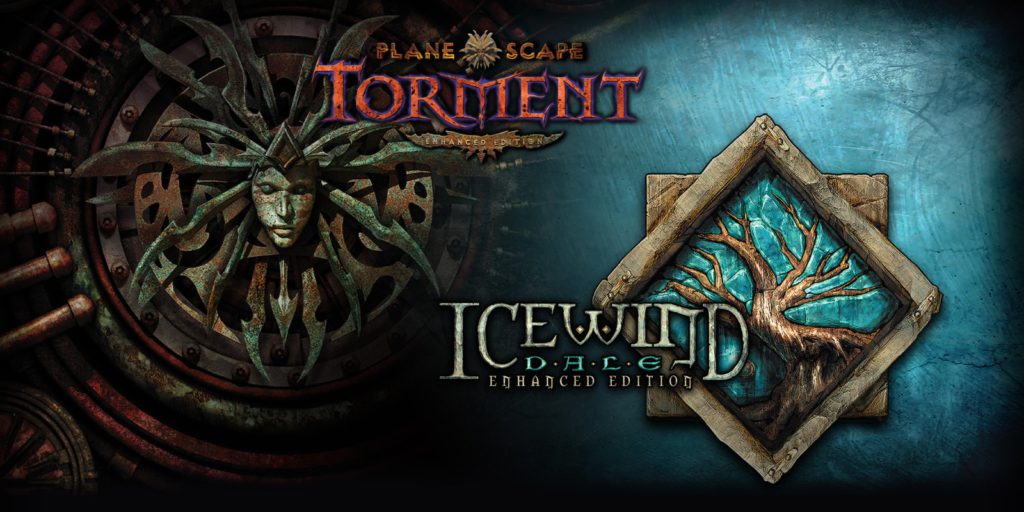

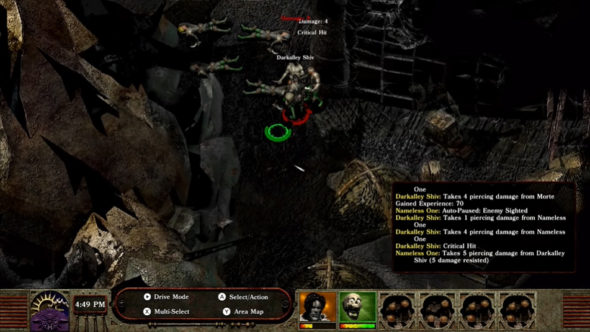
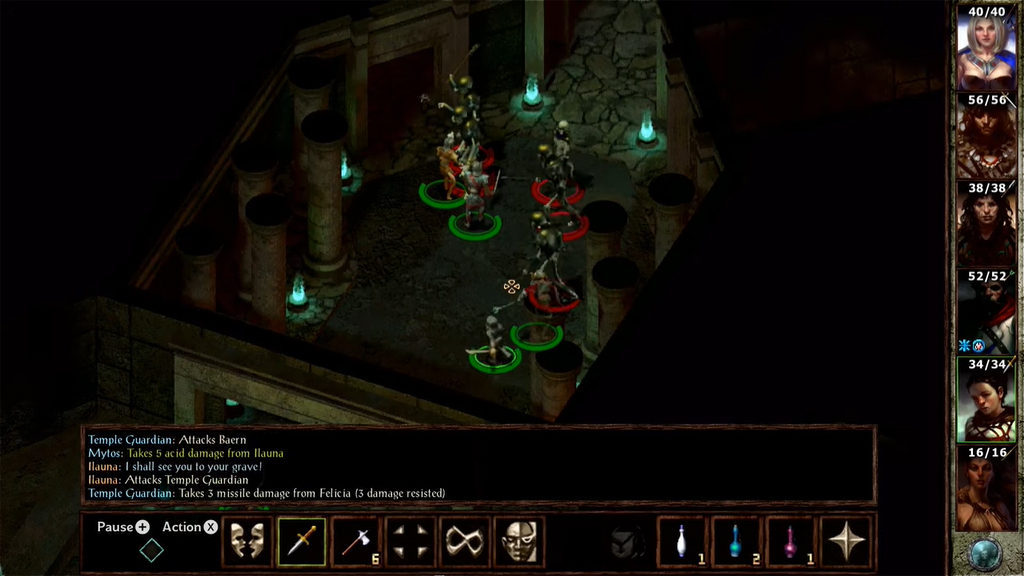

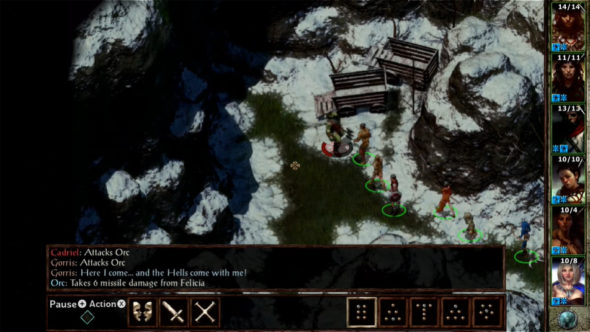
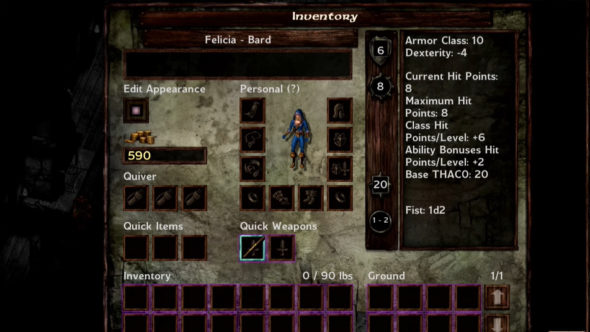

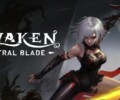


It’s strange that Icewind Dale 2 wasn’t included in the package.